
Have you ever experienced what it feels like to have 50 tabs open in your brain, and you can’t identify which one has the noise playing in the background?
That’s what it feels like to be stressed in today’s world.
Deadlines. Expectations. Notifications. The pressure to stay current, even when you finally sit down to rest, your brain won’t.
Here’s the truth: stress is not the enemy, but a signal. It’s your body giving you a gentle nudge, saying, “Hey, I need some care!”
So instead of resisting it, let’s learn how to deal with it in ways that are gentle, effective, and sustainable.
1. The Fallacy of “When I Get Here, I Will Be Happy”
Many of us go through life with an unseen “checklist”: “When I get that job… when I get that car… when I meet someone…”
But happiness is not at the end of your next goal.
It is in the small moments we often overlook, the stillness of coffee drinking in the morning, laughs with a friend, or the quietness we enjoy after we’ve done something nice for someone else.
The truth is, happiness isn’t somewhere you pursue. It is in being somewhere, presently, in this moment.
2. Redefine Success - Define What “Happy” Meant to You
A lot of our unhappiness comes from subscribing to someone’s definition of success.
Ask yourself, what makes me feel alive?
Whether it’s creative expression, connection, serenity, adventure, or contribution.
Write it down.
Now that you have defined what happy means, it will be easier to make decisions that honor it.
3. Show Gratitude, It Changes Your Brain
Shocking as it seems, studies show that gratitude rewires your brain to find the good instead of dwelling on the bad.
Simply think of three things you’re grateful for each day.
As simple as “I got good sleep,” “I ate good food,” or “Someone smiled at me.”
After a while, you will condition yourself and shift your perspective from missing to plenty.
4. Stop Comparing Your “Chapter 2” To Someone’s “Chapter 20”
Social media makes everyone feel like they are living their best life, all the time.
Remember: That is just one highlight from the day, not the whole story.
Your story is developing in time, as it should.
You are not behind; you are just becoming.
5. Do What Makes You Feel Alive
Happiness is something to be nurtured, just like anything that is living.
Spend time on things that make you lose track of time.
Find people who inspire you.
Take breaks when you need to.
Whether you meditate or dance, write or paint, walk or sing, whatever brings you back to yourself.
Because it’s not about living a “perfect” life. It’s about living a life that feels real.
The Big Secret: Happiness is not a destination. It's a direction
There will be highs and lows, wins and losses, and that’s okay.
We’re not meant to be happy every single second.
However, if your choices are in accord with your values and your heart is at peace more often than not, then that’s happiness.
Happiness isn’t about getting away from the pain. It’s learning to be at peace with it. So take a moment today. Breathe. Do one thing, no matter how small, to make your soul smile. Happiness isn’t some outside feeling. It starts with you.




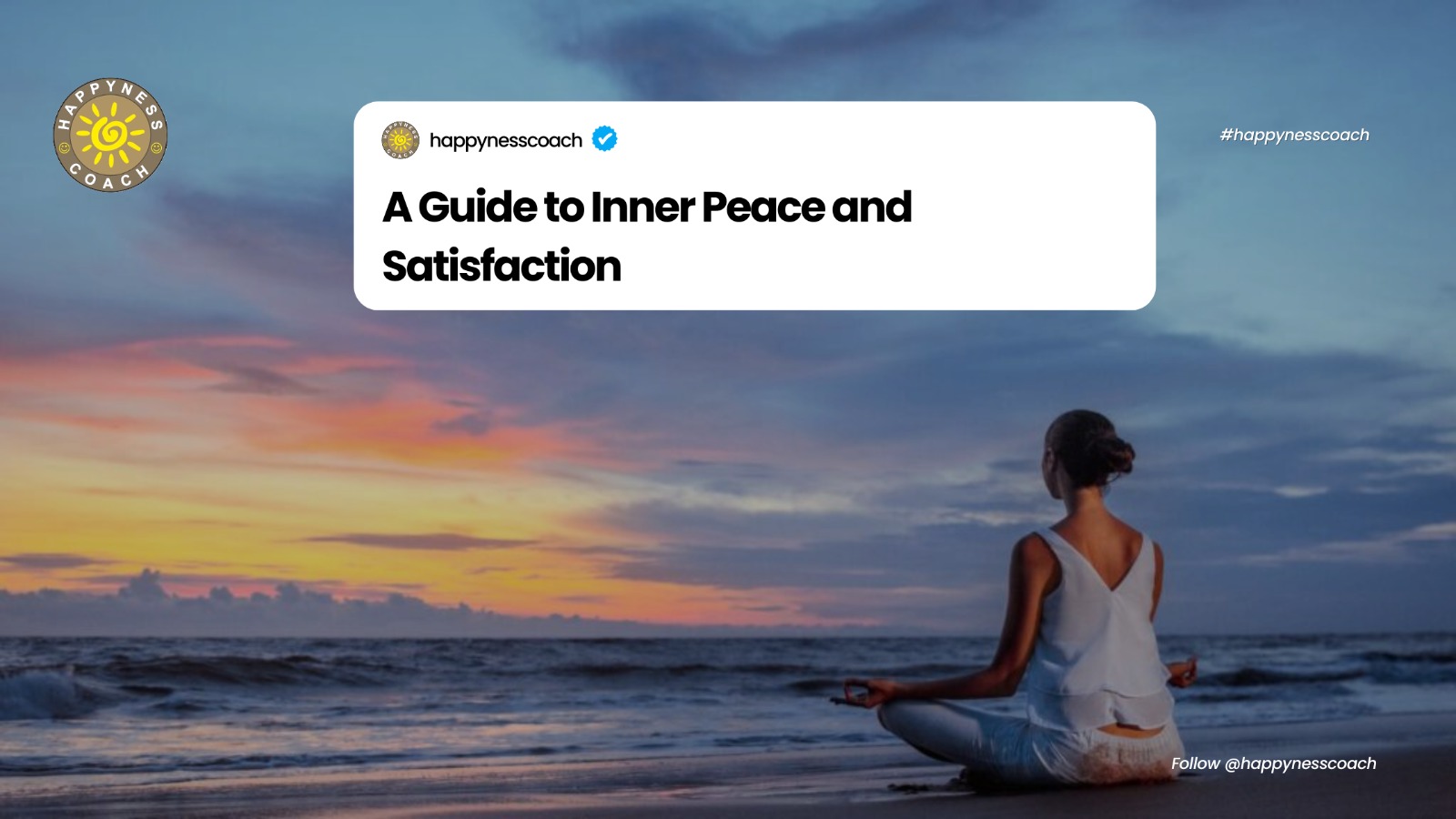
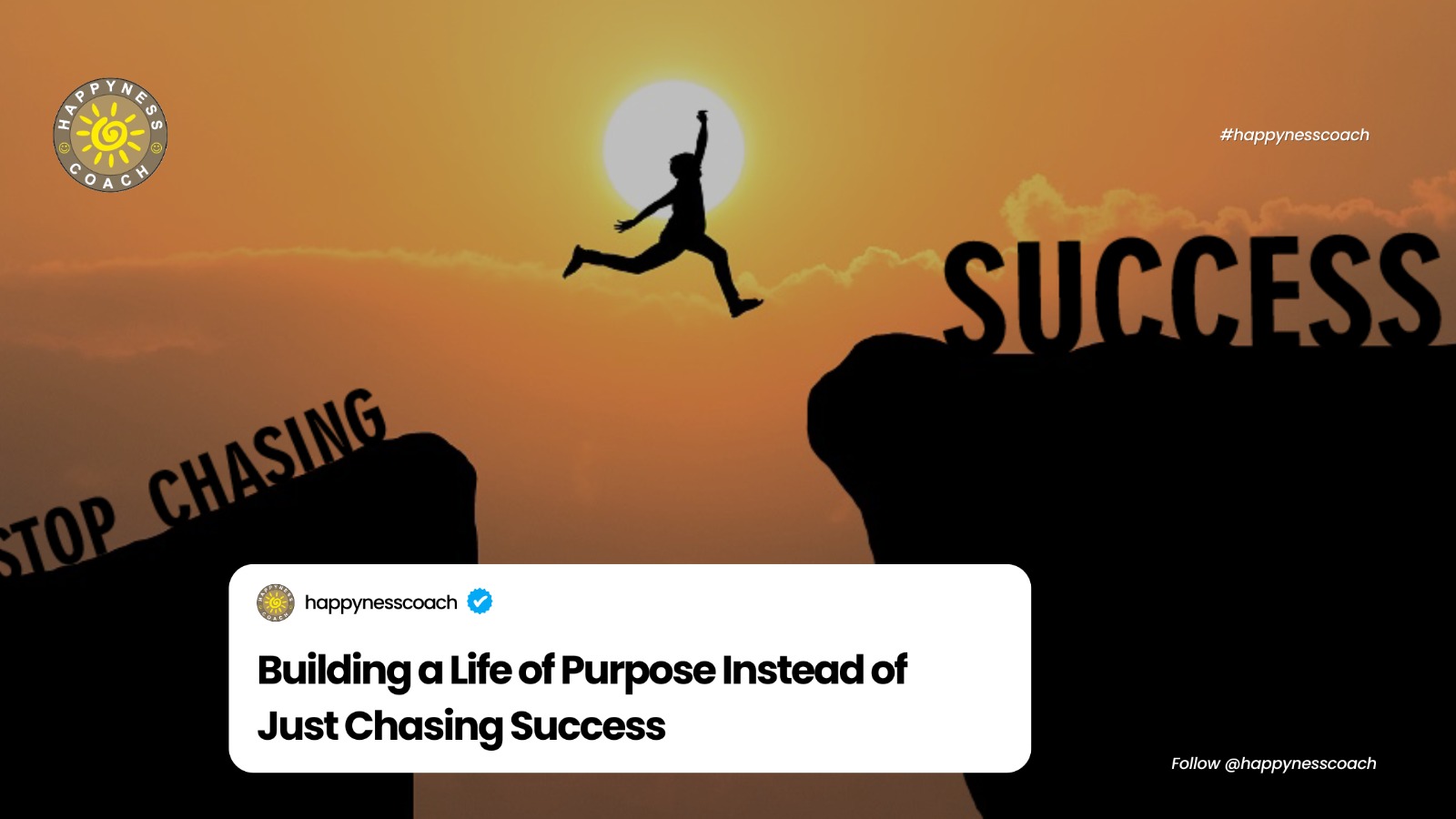
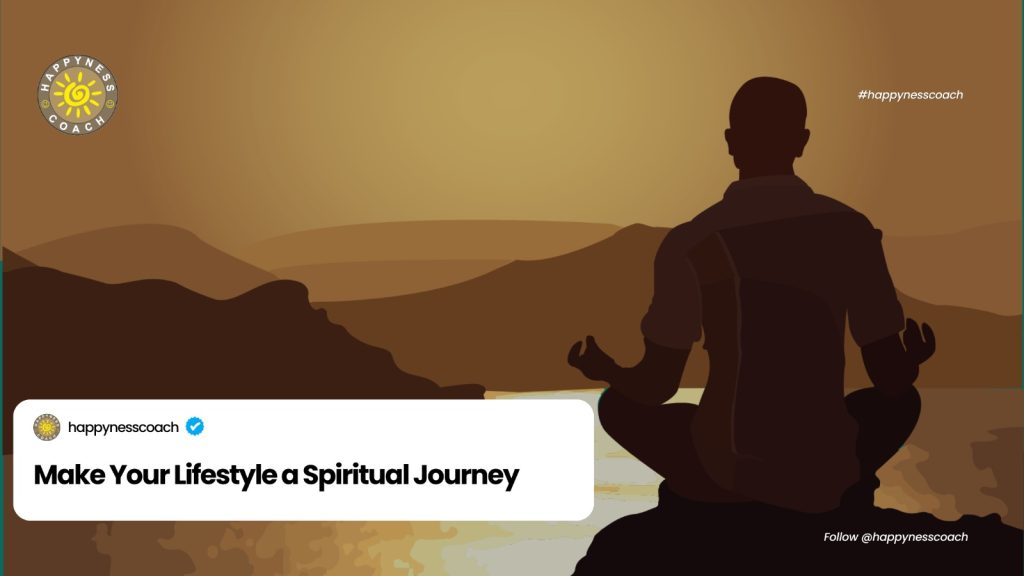
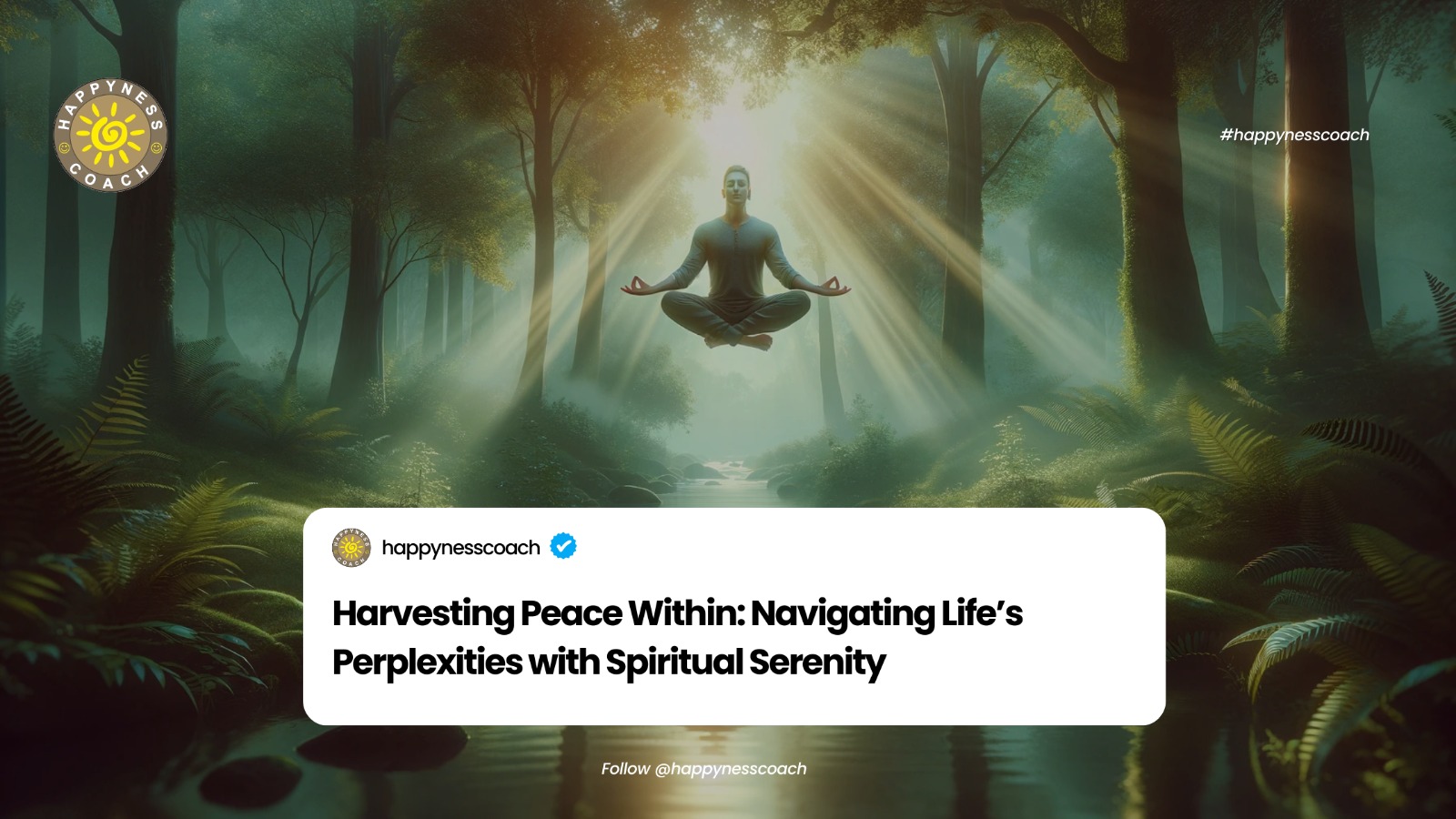

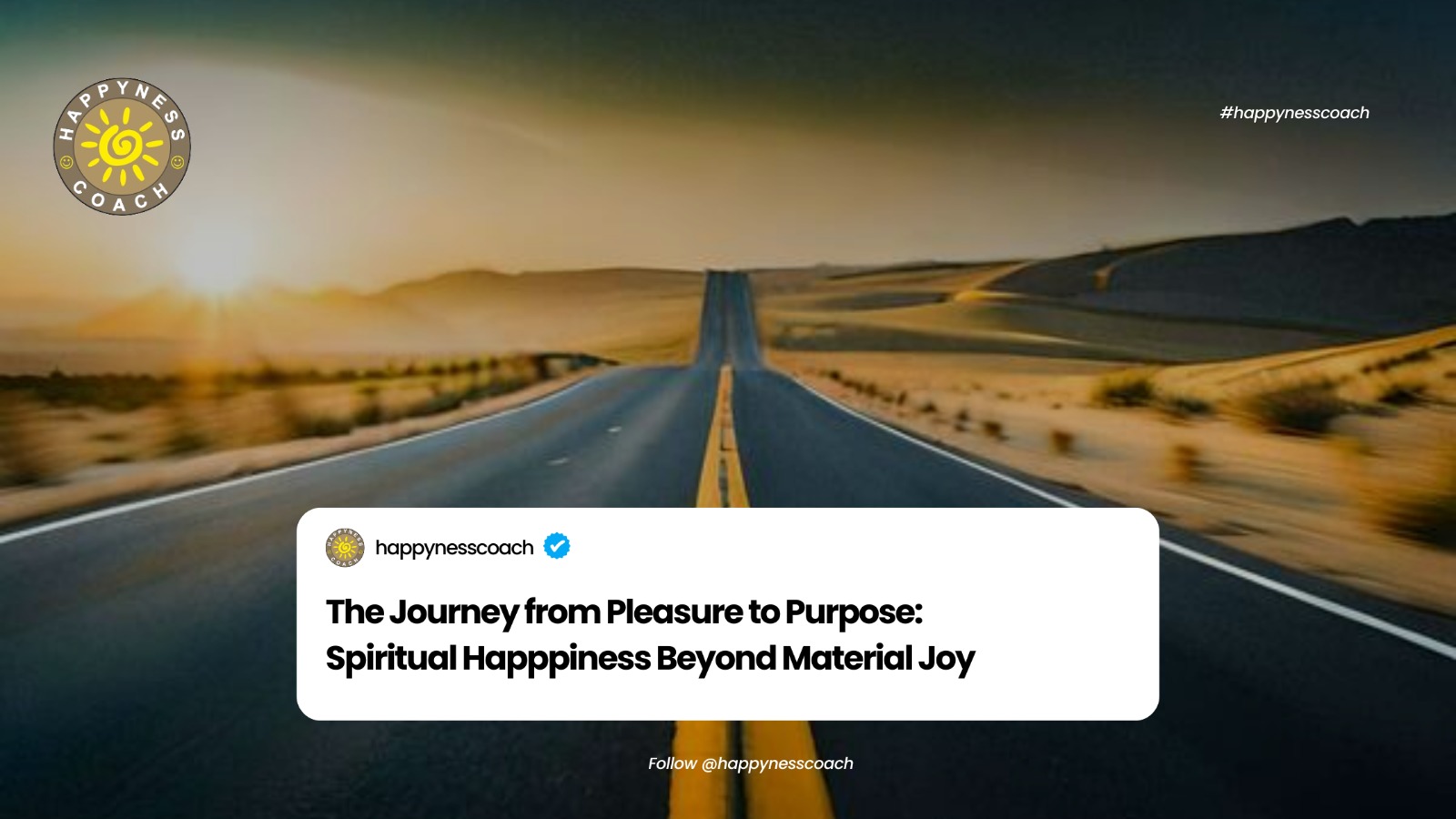
 Author, Happyness Coach, Entrepreneur, Key Note Speaker, 19 years in the Training & Selling, Health Care & Wellness, NLP Trainer/therapist NFNLP USA, Neurofeedback & Biofeedback Trainer, Psychological Counsellor , Specialist in Neuroscience-Yogic Science-Management Science & Pharmaceutical Science. A Reiki Master and practitioner of Swara Yoga, Kriya Yoga & Gnana Yoga.
Author, Happyness Coach, Entrepreneur, Key Note Speaker, 19 years in the Training & Selling, Health Care & Wellness, NLP Trainer/therapist NFNLP USA, Neurofeedback & Biofeedback Trainer, Psychological Counsellor , Specialist in Neuroscience-Yogic Science-Management Science & Pharmaceutical Science. A Reiki Master and practitioner of Swara Yoga, Kriya Yoga & Gnana Yoga.